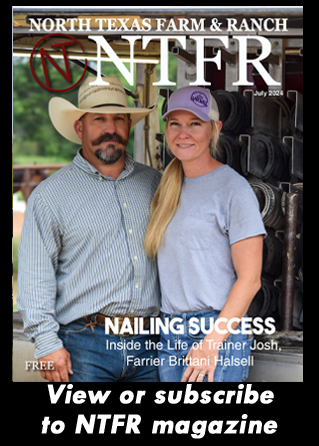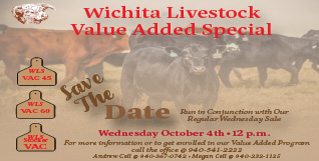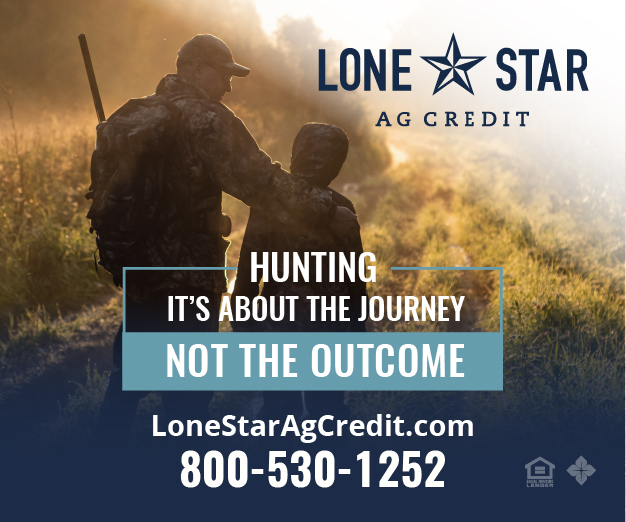Farm & Ranch
Texas Cowboy Wes O’Neal Named Working Cowboy Award Recipient
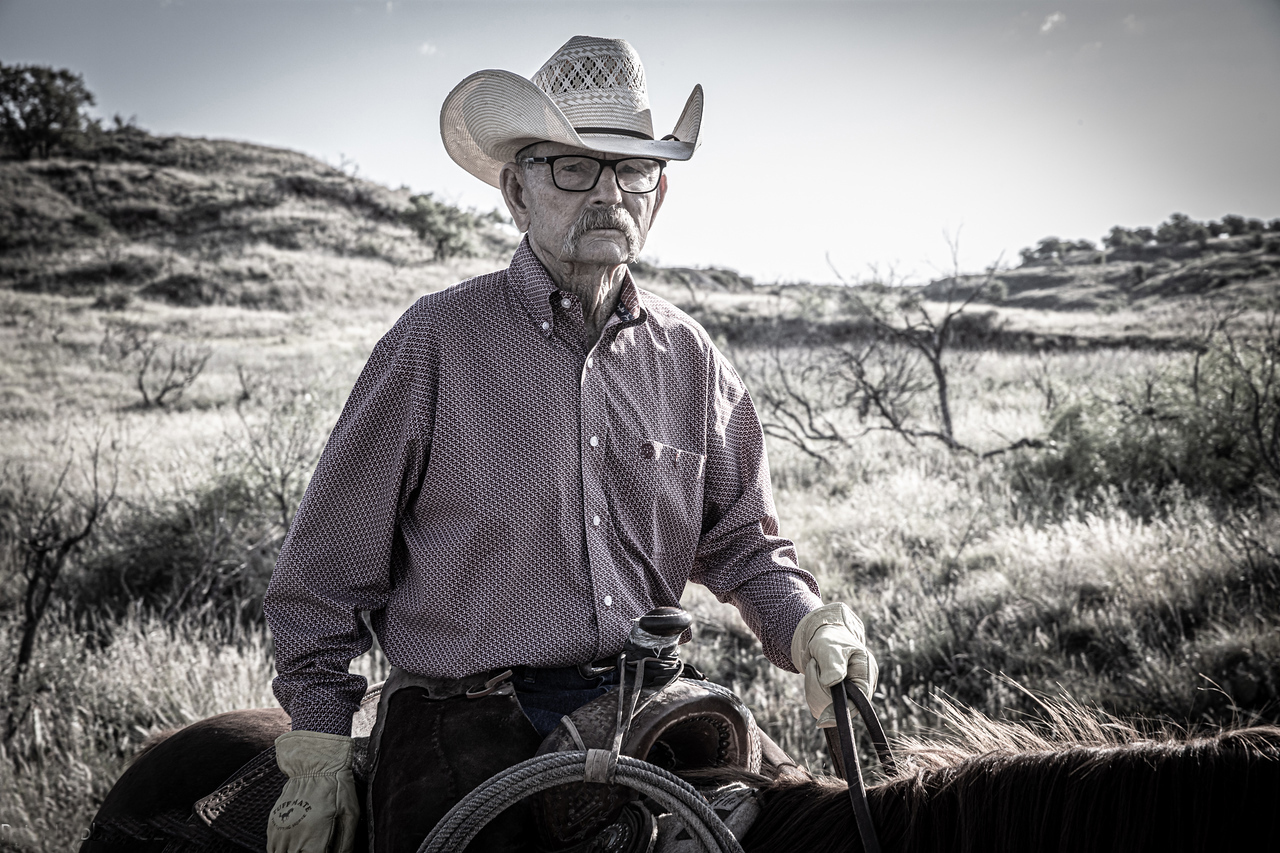
Ranching Heritage Association will present award at National Golden Spur Award dinner October 15.
Wes O’Neal, a Texas cowboy who has worked on three of the largest and best-known ranches in the nation, will be the fourth recipient of the Ranching Heritage Association Working Cowboy Award during the 44th Annual National Golden Spur Award dinner at 6 p.m. Saturday, October 15 at the Overton Hotel in Lubbock.
“The Working Cowboy Award is designed to recognize an outstanding individual who makes his living primarily horseback caring for livestock on a daily basis,” said Jim Bret Campbell, director of the National Ranching Heritage Center at Texas Tech University in Lubbock. “Wes has spent nearly eight decades working for the W.T. Waggoner Estate, the JA Ranch and the Four Sixes Ranch.”
The Ranching Heritage Association (RHA), a nationwide non-profit membership organization supporting the programs of the center, sponsors the award on an annual basis to honor a working cowboy skilled in all aspects of ranch work and respected by the ranch crew and ranching community.
“Our Board of Directors believes it’s important to recognize those folks who brave all kinds of weather and conditions to ensure that work on a ranch gets done,” Campbell said, noting that award nominations for 88-year-old O’Neal described him as “the real deal” working cowboy who has served for decades as a role model for younger cowboys.
“Wes has left a lasting impression on all of us and left his mark at the Waggoner Estate and everywhere else he has been,” said A.B. (Buck) Wharton III, former owner of the W.T. Waggoner Estate. The Waggoner ranch grew to more than 520,000 acres spread over six Texas counties and was the nation’s largest ranch under one fence before being sold in 2016.
O’Neal worked at the W.T. Waggoner Estate for 58 uninterrupted years and served 12 years as Wagon Boss during his 17 years with the cattle operation. He spent 41 years with the Waggoner horse operation and 25 of those years as horse foreman directing the breeding of broodmares and stallions.
“His insight into breeding horses laid the groundwork for the W.T. Waggoner Estate being selected as having the best ranch horses in the country when it received the coveted American Quarter Horse Association Best Remuda Award in 1994,” Wharton said. “He traveled to Nashville to receive the award on behalf of the Waggoner Ranch.”
– more-
Before O’Neal began working on the W.T. Waggoner Estate in 1957, he worked at the historic J.A. Ranch in the Texas Panhandle for seven years. Although his cowboy years have included three large ranches with thousands of cattle, cowboying began for him on small spreads breaking broncs when he was only 13 years old.
“I was born in Clarendon (Texas) on Nov. 30, 1933, right smack dab in the middle of the Great Depression,” O’Neal said. “There was no jobs and no money.” His father worked on the Mel B. Davis Ranch in the Panhandle but quit ranching for a higher paying job. Later when his father was sick and their house burned to the ground without the family saving anything, Wes and his brother Boots put up hay one summer pulling the machines with horse teams and then began breaking broncs for area ranchers.
“I tell everybody that I left school in the tenth grade because it was gettin’ in the way of my education,” Wes said, “but truly there wasn’t no money, Dad wasn’t workin’ and we had younger siblings at home. The RO Ranch was the first big bunch of horses we broke.”
Wes and Boots broke 20 broncs for the RO for $20 per head, pocketing $200 each (about $2,400 today). Then Wes went to work for two smaller ranches before joining Boots at the JA Ranch, which was established in 1875 as the first ranch in the Texas Panhandle. Wes eventually became Wagon Boss for the JA before working for the W.T. Waggoner Estate until it sold. Today he lives in Holliday, Texas, and day works for the Four Sixes Ranch near Guthrie, Texas.
“If you’re gonna cowboy,” Wes said, “you accept the fact that you ain’t gonna ever be rich and you’re gonna get injured from time to time, but the trade-off is worth it to me. You’re not punchin’ no eight- to-five-time clock, and you get to see some beautiful sunrises sittin’ on your horse. As Buster Welch says, ‘That’s the best seat in the house.’”
To register for the National Golden Spur Award dinner, call Vicki Quinn-Williams at 806-834-0469 or register online at raqnchingheritage.org/spur. Reservations are required by Thursday, October 6. Tickets are $95 for RHA members, $125 for non-members, $2,500 choice table for eight, and $5,000 prime table for eight.
Farm & Ranch
Ag Elsewhere: Wyoming
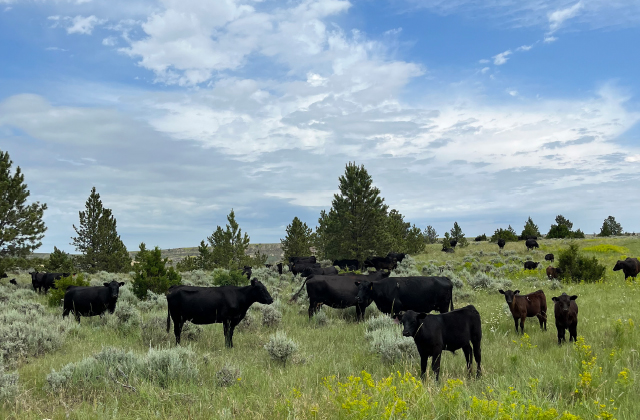
By Tressa Lawrence
Ranchers across northeast Wyoming and the surrounding areas saw record moisture levels in 2023. The year 2024 has seen significantly less moisture to date.
Farm & Ranch
Ag Elsewhere: Montana

By Lindsey Monk
People are finishing up brandings. Here, Danny Walter is shown getting it done.
Farm & Ranch
Animal Disease Traceability
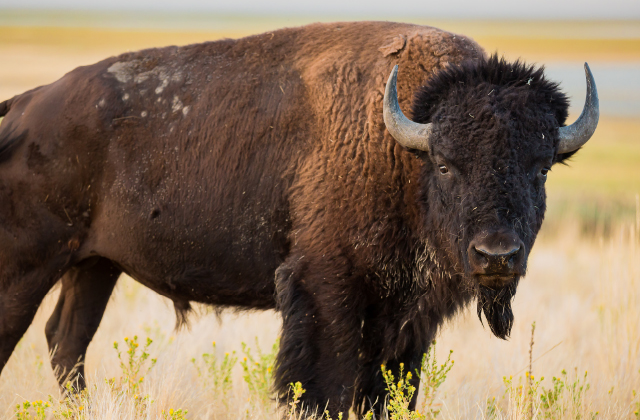
By Barry Whitworth, DVM
On July 6, 2020, the United States Department of Agriculture Animal and Plant Health Inspection Service (APHIS) posted in the Federal Register a proposal that radio frequency identification tags be used as official identification for cattle and bison. Following a period for public comment, the USDA APHIS released a statement on April 24, 2024, with the amended animal disease traceability (ADT) regulation for cattle and bison. The full press release may be found at https://www.aphis.usda.gov/news/agency-announcements/aphis-bolsters-animal-disease-traceability-united-states. Under the new rule, cattle and bison will need to be identified with tags that are both visual and electronic.
The USDA defines ADT as knowing where diseased and at-risk animals are, where they have been, and when the animal disease event took place. A system that allows for efficient traceability of livestock in the United States is essential for animal health and reducing the economic effect of a foreign animal disease outbreak and other diseases on livestock producers as well as others whose well-being depends on livestock production.
To read more, pick up a copy of the July issue of NTFR magazine. To subscribe by mail, call 940-872-5922.
-
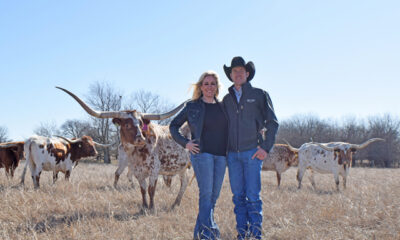
 Country Lifestyles1 year ago
Country Lifestyles1 year agoScott & Stacey Schumacher: A Growth Mindset
-
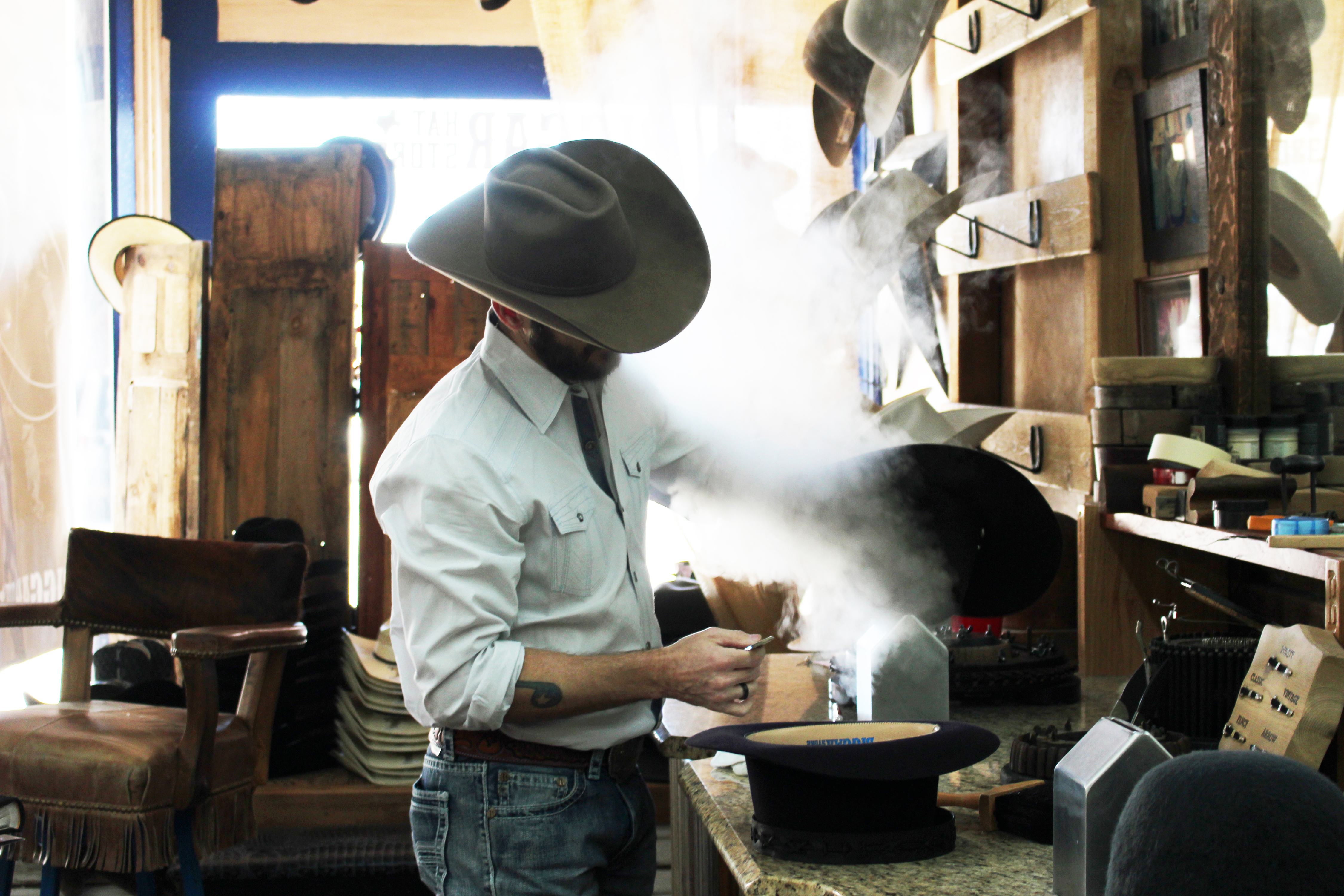
 Country Lifestyles7 years ago
Country Lifestyles7 years agoStyle Your Profile – What your style cowboy hat says about you and new trends in 2017
-

 Equine10 months ago
Equine10 months agoThe Will to Win
-
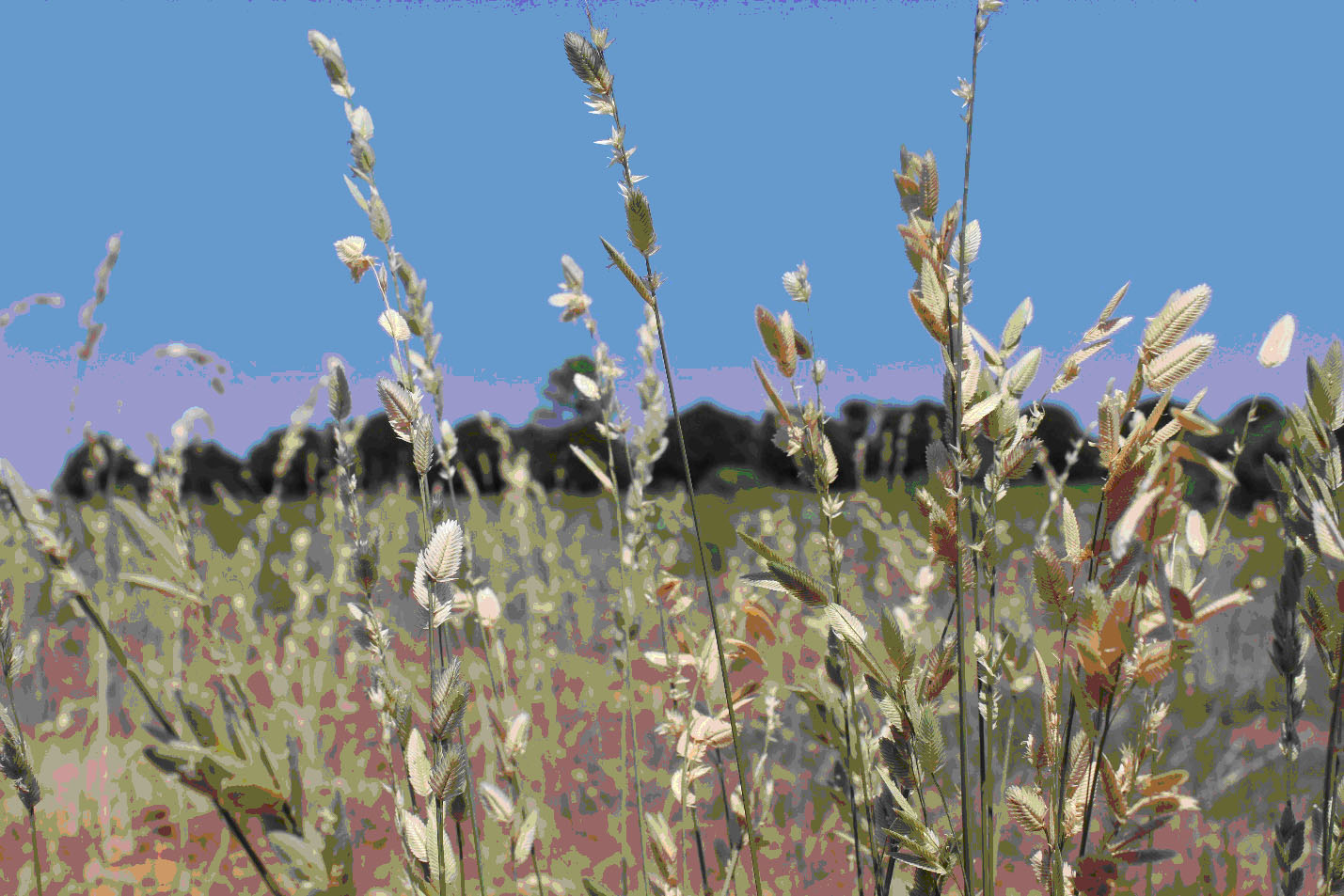
 HOME7 years ago
HOME7 years agoGrazing North Texas – Wilman Lovegrass
-
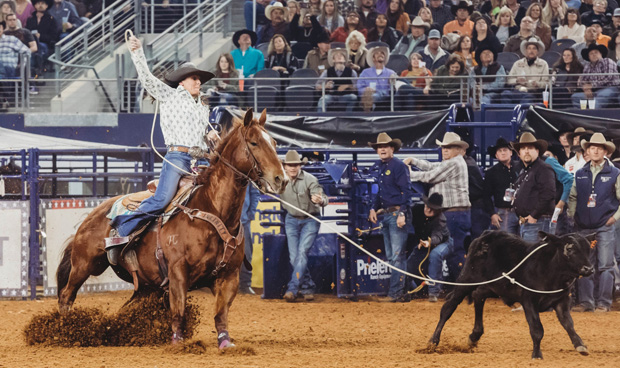
 Country Lifestyles4 years ago
Country Lifestyles4 years agoAmber Crawford, Breakaway Roper
-
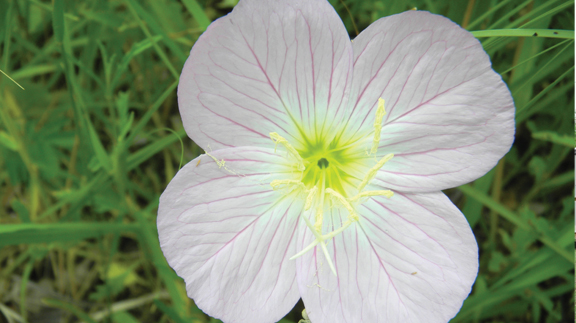
 Outdoor9 years ago
Outdoor9 years agoButtercup or Primrose?
-
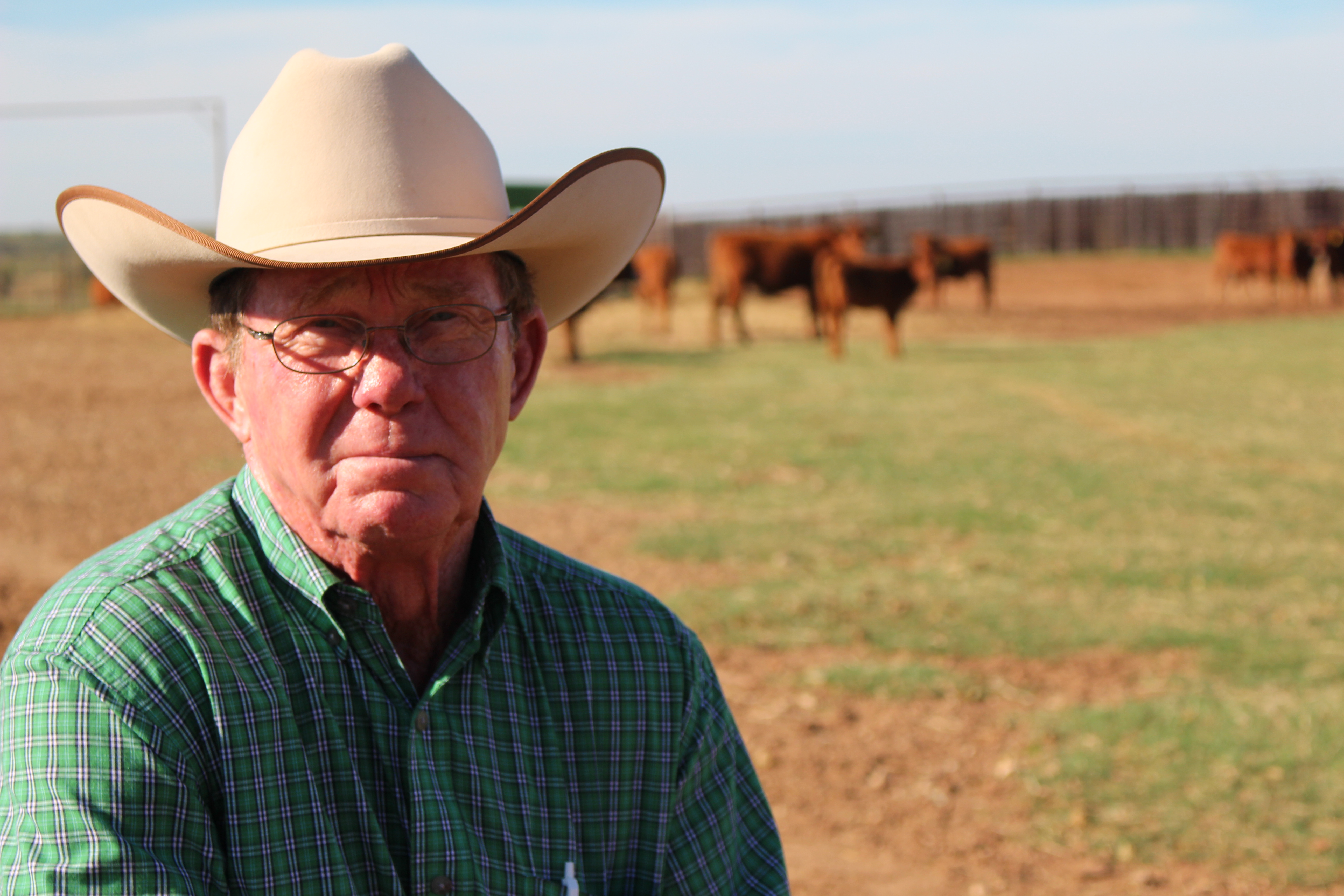
 Country Lifestyles8 years ago
Country Lifestyles8 years agoDecember 2016 Profile, Rusty Riddle – The Riddle Way
-
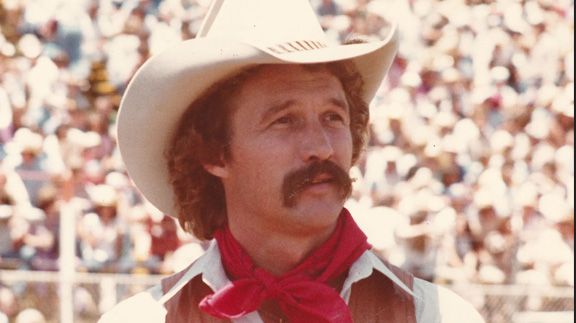
 Country Lifestyles8 years ago
Country Lifestyles8 years agoJune 2016 Profile – The man behind the mic: Bob Tallman
